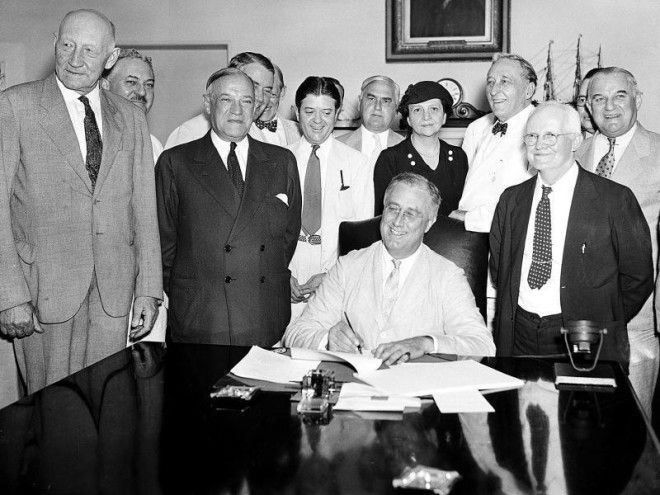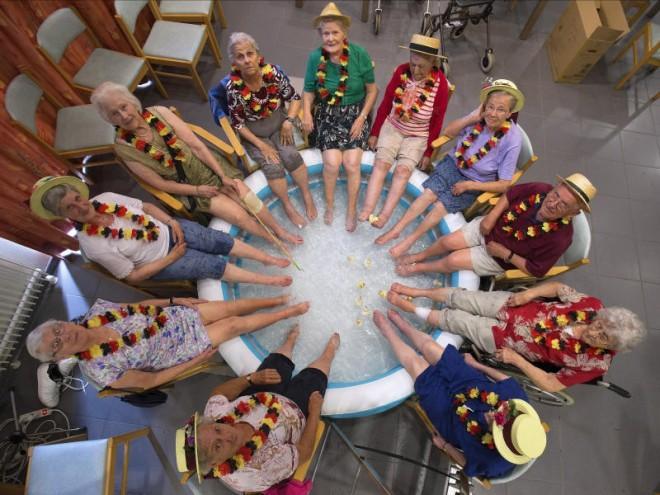Hodin: The scale of the transformation is huge. It’s as large a mega trend as any that exists today and, I believe, at the same scale as any major historical, sociological or economic change we’ve ever seen. It’s on the scale of the shift from agrarian to industrial society or the women’s movement. It’s historic and profoundly disruptive.
Is this a permanent change or a one-time adjustment for the Baby Boomer generation?
Hodin: It is through the 21st century, and it is not only connected to the baby boomer bulge. With the advances in science and medicine, hundred-year life spans are now a matter of course. That’s never been the case before in human history.
At the same time, we’re seeing stunningly low birth rates everywhere on the planet as societies modernize and urbanize. This is true across emerging markets, in Africa, Asia, and Latin America. Then there are the more industrialized nations. Look at Japan. By about 2020, they’re going to have more than one-third of their population over 60, rapidly approaching 40 percent. Clearly, the systems that were put in place in Japan after WWII—pension, retirement, health care, and more—will no longer work.
How would you characterize the situation in the U.S.?
Hodin: As you would expect, the U.S. is a huge beneficiary of longevity. We are at the top of the list along with our European friends and the Japanese when it comes to healthy aging. We continue with a birthrate of about 2.1, which is replacement level, whereas our industrial democratic partners—countries like Germany, the UK, Italy, the Netherlands, Australia, Canada and of course Japan are all under 1.5. As a result, we are actually in a healthier economic place where we can manage this transition process a little bit easier than most of the Europeans, the Japanese or some of the others who already have so many more old than young.
Even so, we need to prepare for this transformation, correct?
Hodin: Many of the institutions, public policies and ways we conduct our lives were invented in the 20thcentury. They need to be challenged, even completely overhauled. We can start planning for that on a public policy level. Think about Social Security or Medicare-type programs. The arithmetic just does not work. As a society, we will have to manage that.

In this Aug. 14, 1935, file photo President Franklin Roosevelt signs the Social Security Bill in Washington.
Can you personalize this a bit? What does the aging society mean to a younger person?
Hodin: When we use the words “aging” or “longevity,” everyone thinks we’re talking about old people. But an aging society affects all of us—today’s 22 year old as much as 85 year olds. If you’re 22 and you know you could live to 100, that has, or ought to have, huge consequences on how you live your life. There are health concerns that you wouldn’t have if you were only going to live to 65 or 68, which was the case just a few decades ago. So maybe you’ll take better care of yourself knowing you have all these extra years.
The same is true financially. If you were 22 in 1973 you could expect to be gone by 67. But now you can expect to be around until 80, 90 or older, so planning differently today is essential. There are so many new things to think about financially that we didn’t have to think about in the past. A few decades ago, a 22 year old might have expected to take care of his parents for a few years. Today, a 22 year old might have to take care of a couple generations. These are things a 22 year old has to begin to think about.
How should a 22 year old—or a 65 year old, for that matter—think about longevity?
Hodin: You have to re-imagine the structures and norms we inherited from the 20thcentury. If you continue to say you’re going to finish working and you know you won’t have the savings, one answer is to keep working, keep active and stay engaged. We think that’s a legitimate path and the benefits of it are consistent with the data we’re starting to see.
Many people do need to work longer—not many of us have the savings for 30 years of retirement that we didn’t expect to have when we started working. But more and more people want to stay engaged. What’s required is both a cultural and a physical shift toward a workplace that looks and feels different than the one we knew back in the 20th century. And employers are adjusting on the basis of good old-fashioned self-interest. They know if they respond, they can attract and retain the best talent.
Want to know more?
Watch Mike Hodin explain how companies are altering the types of benefits offered to employees due to the aging global population.
The opinions expressed are as of June 2015 and may change as subsequent conditions vary. The information and opinions contained in this post are those of the interviewee.They may be derived from proprietary and non-proprietary sources deemed to be reliable, but are not necessarily all-inclusive or guaranteed as to accuracy. The opinions do not reflect the views of BlackRock, Inc. and no warranty of accuracy or reliability is given to and no responsibility arising in any other way for errors and omissions (including responsibility to any person by reason of negligence) is accepted by BlackRock, Inc., its officers, employees or agents. This post may contain “forward-looking” information that is not purely historical in nature. Such information may include, among other things, projections and forecasts. There is no guarantee that any forecasts made will come to pass. Reliance upon information in this post is at the sole discretion of the reader.

